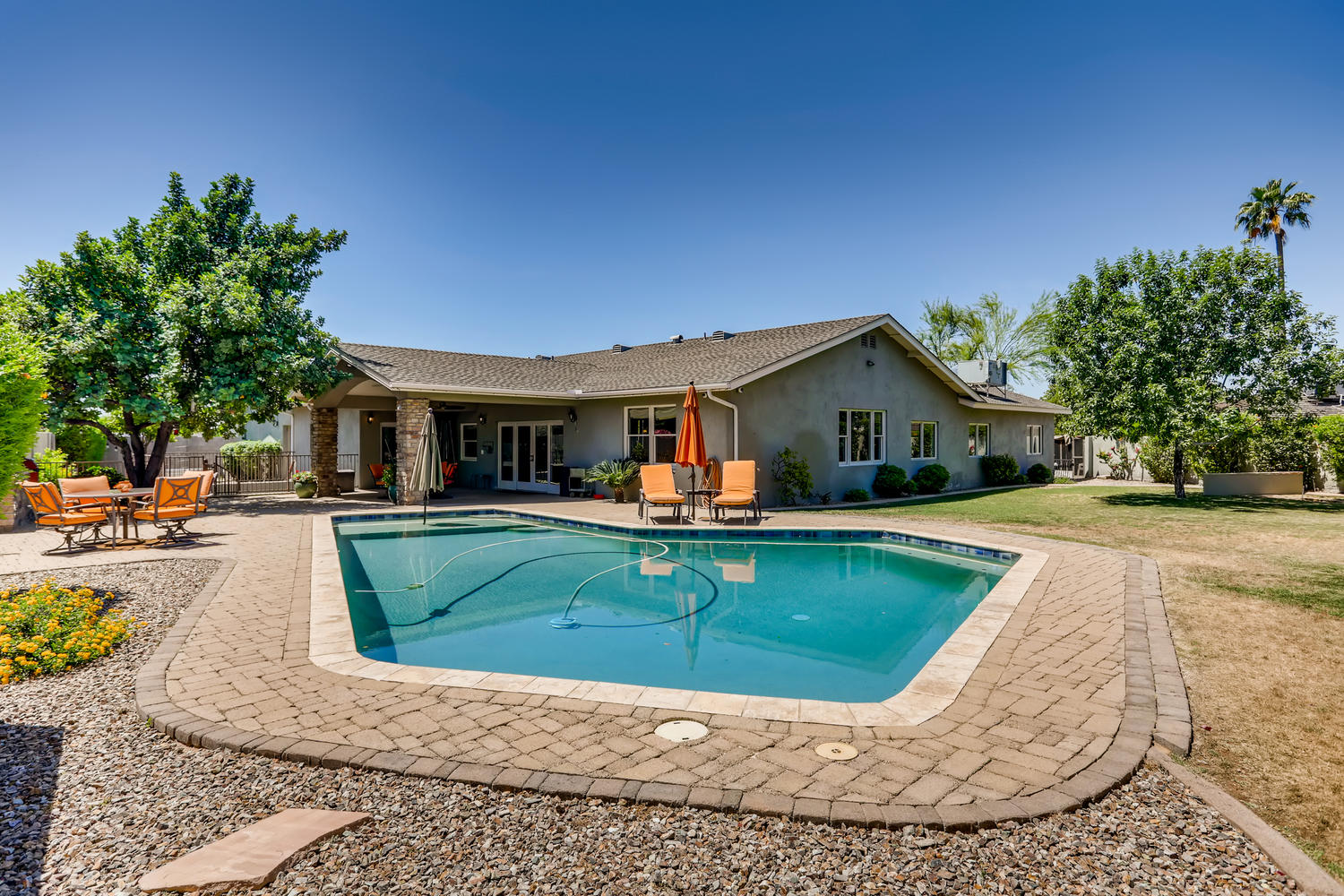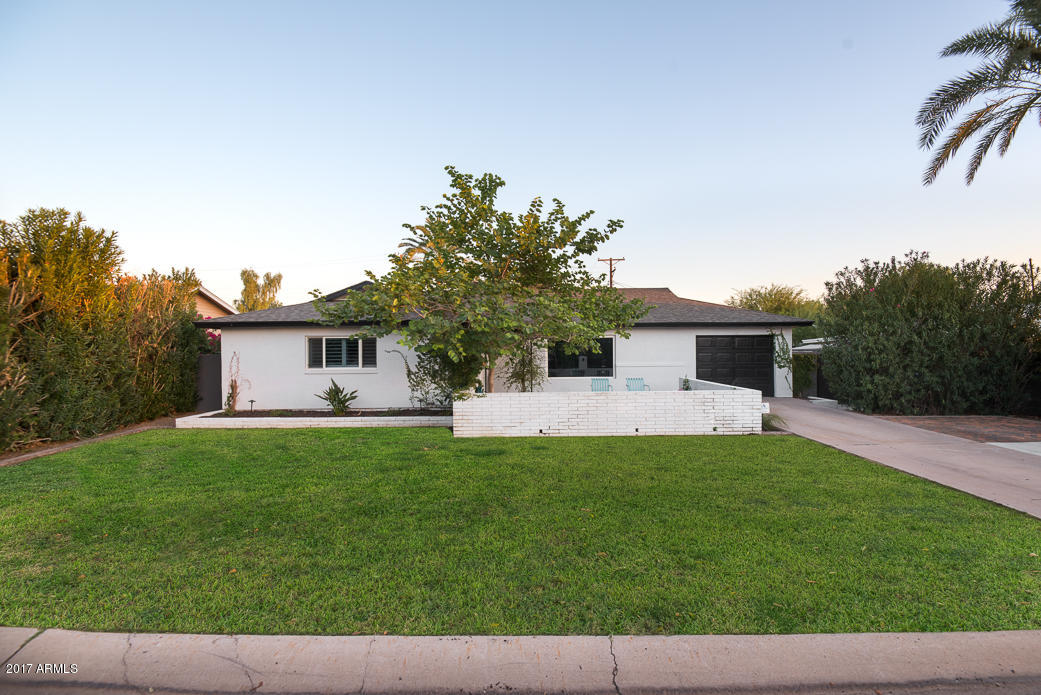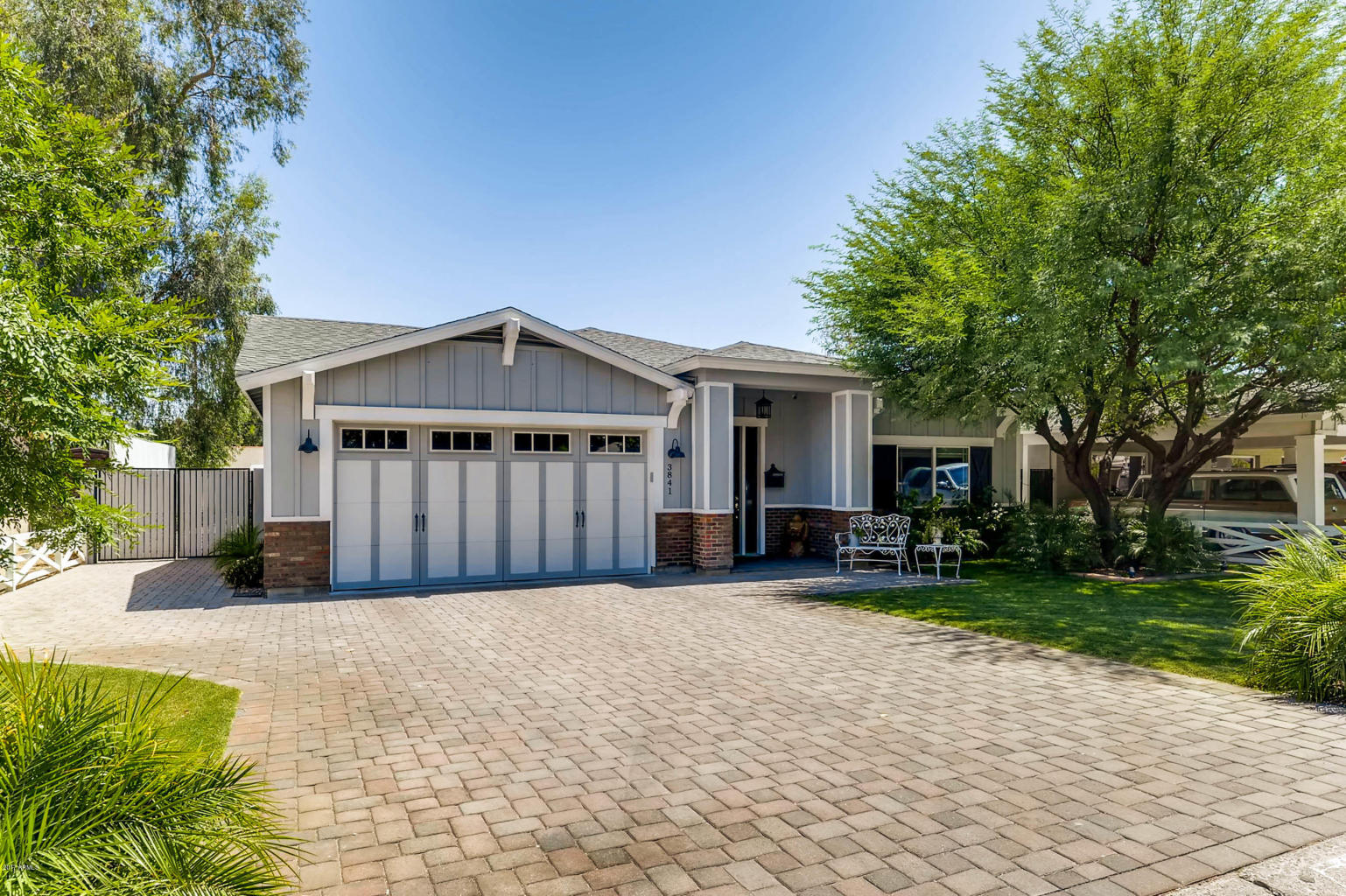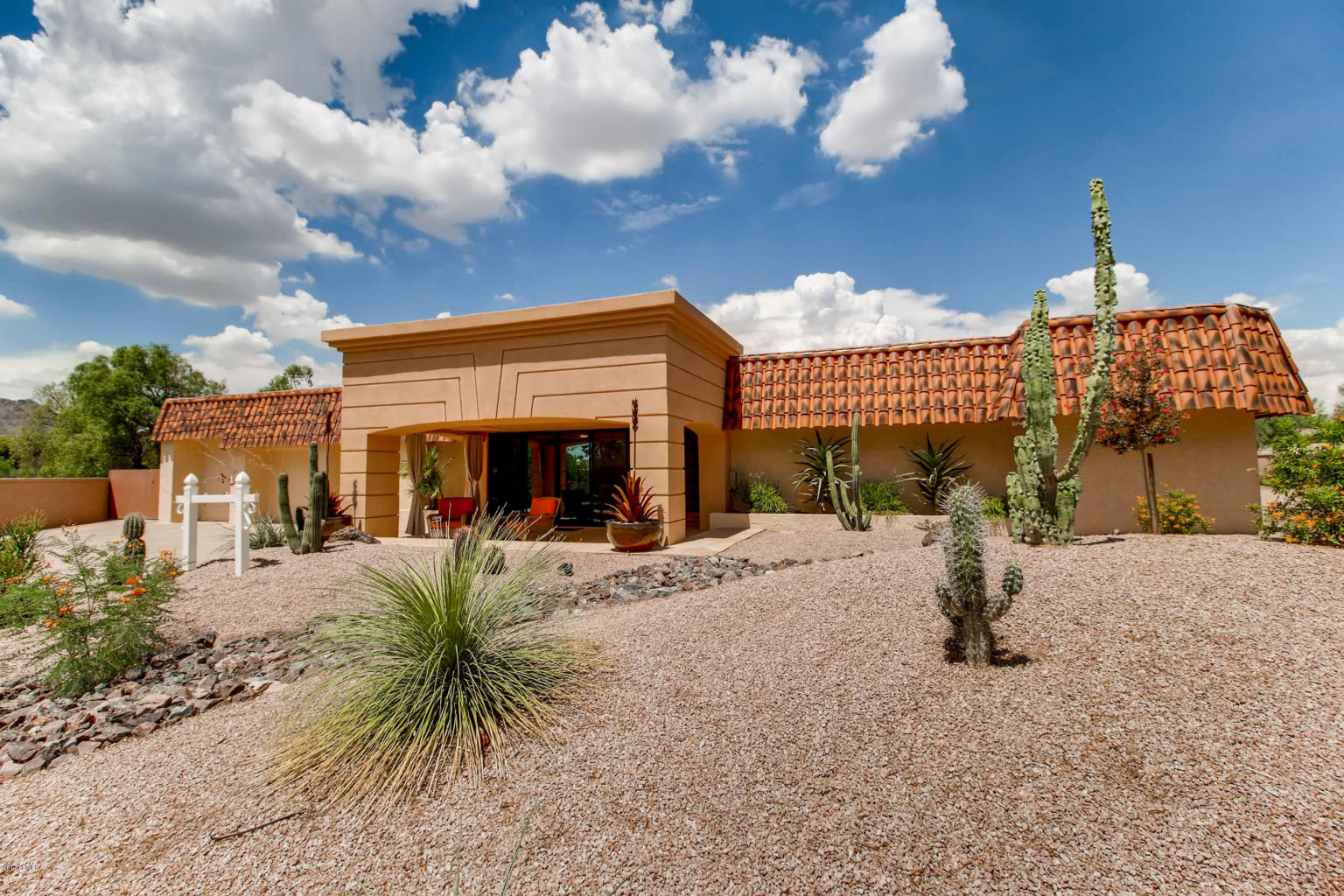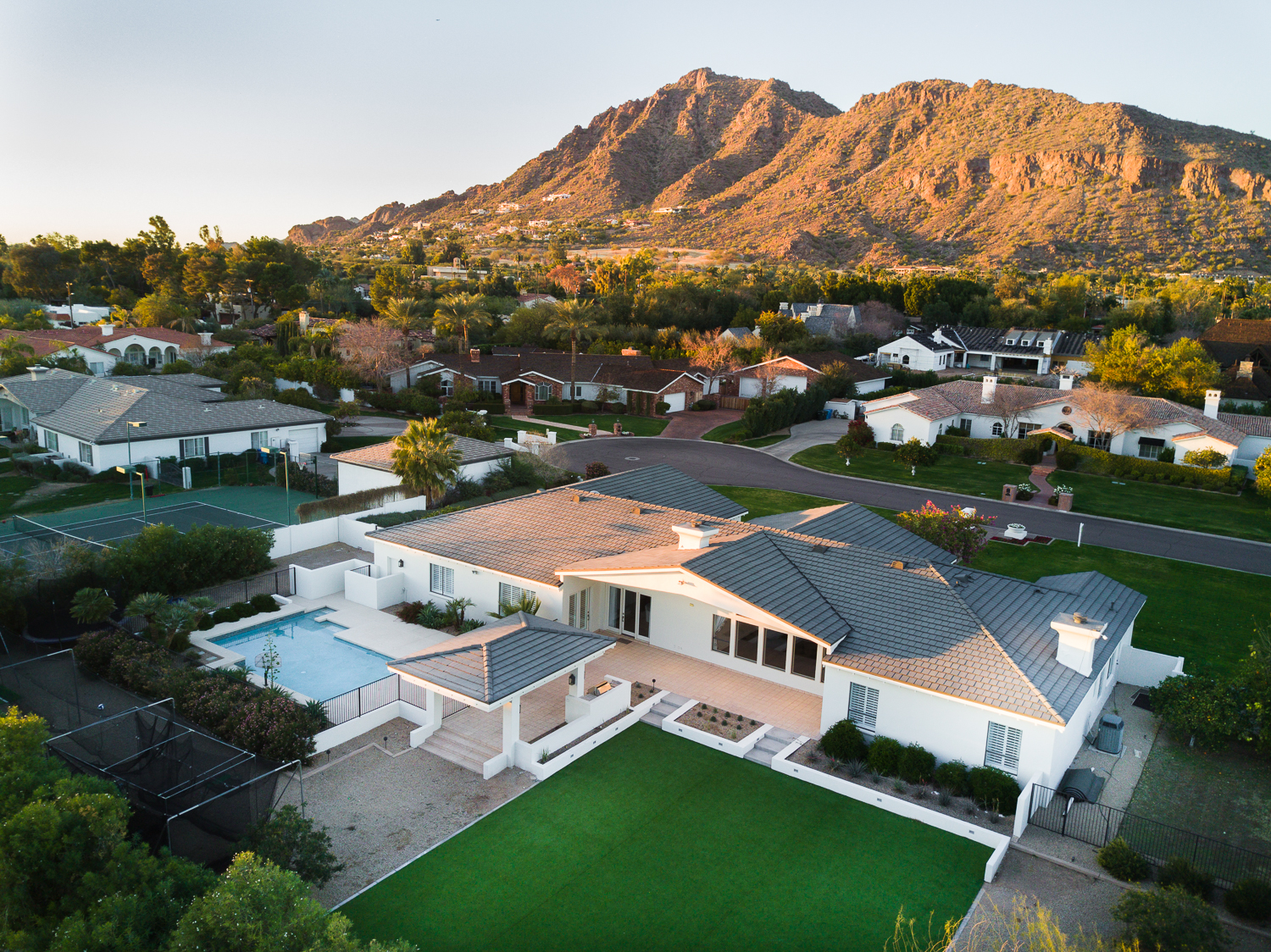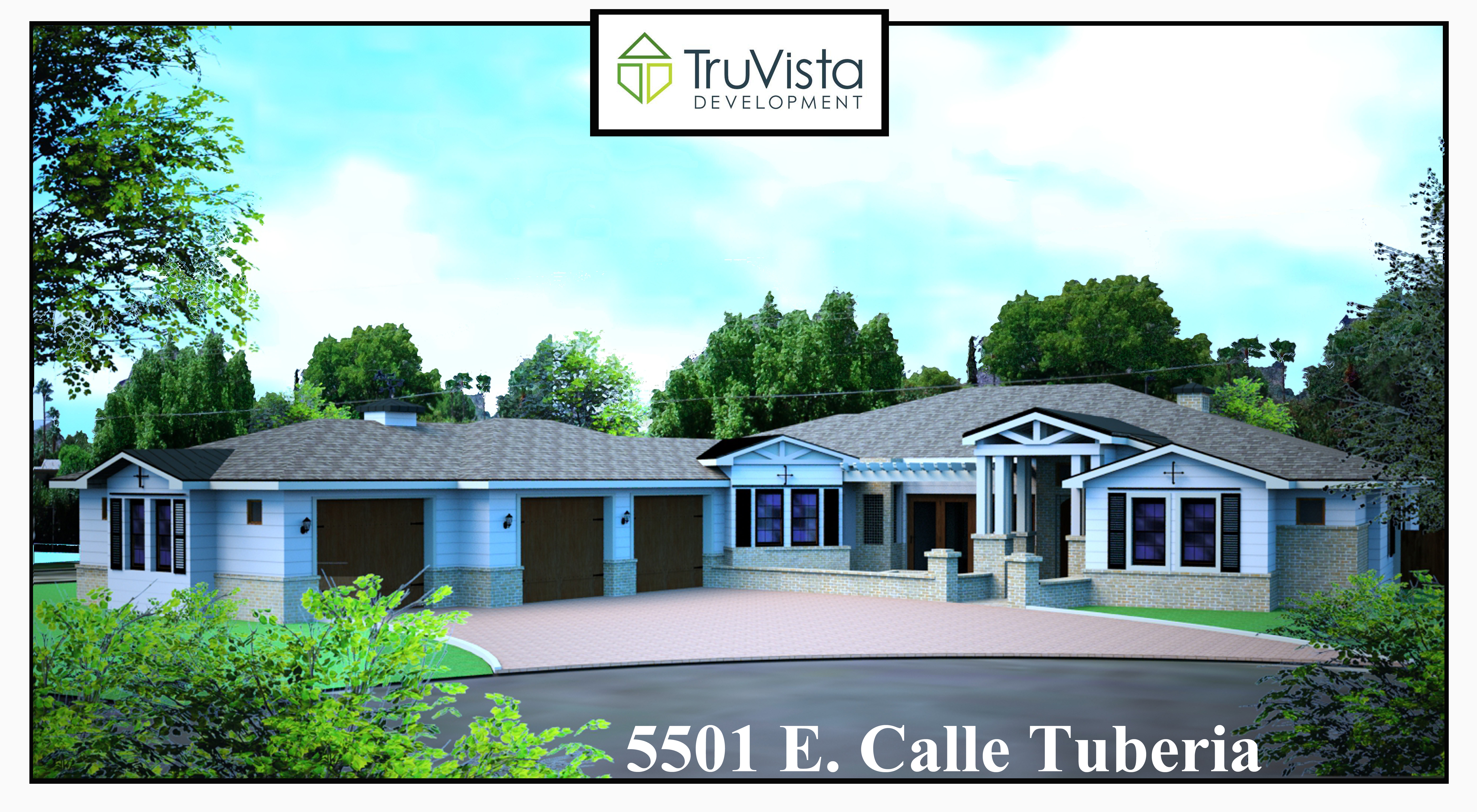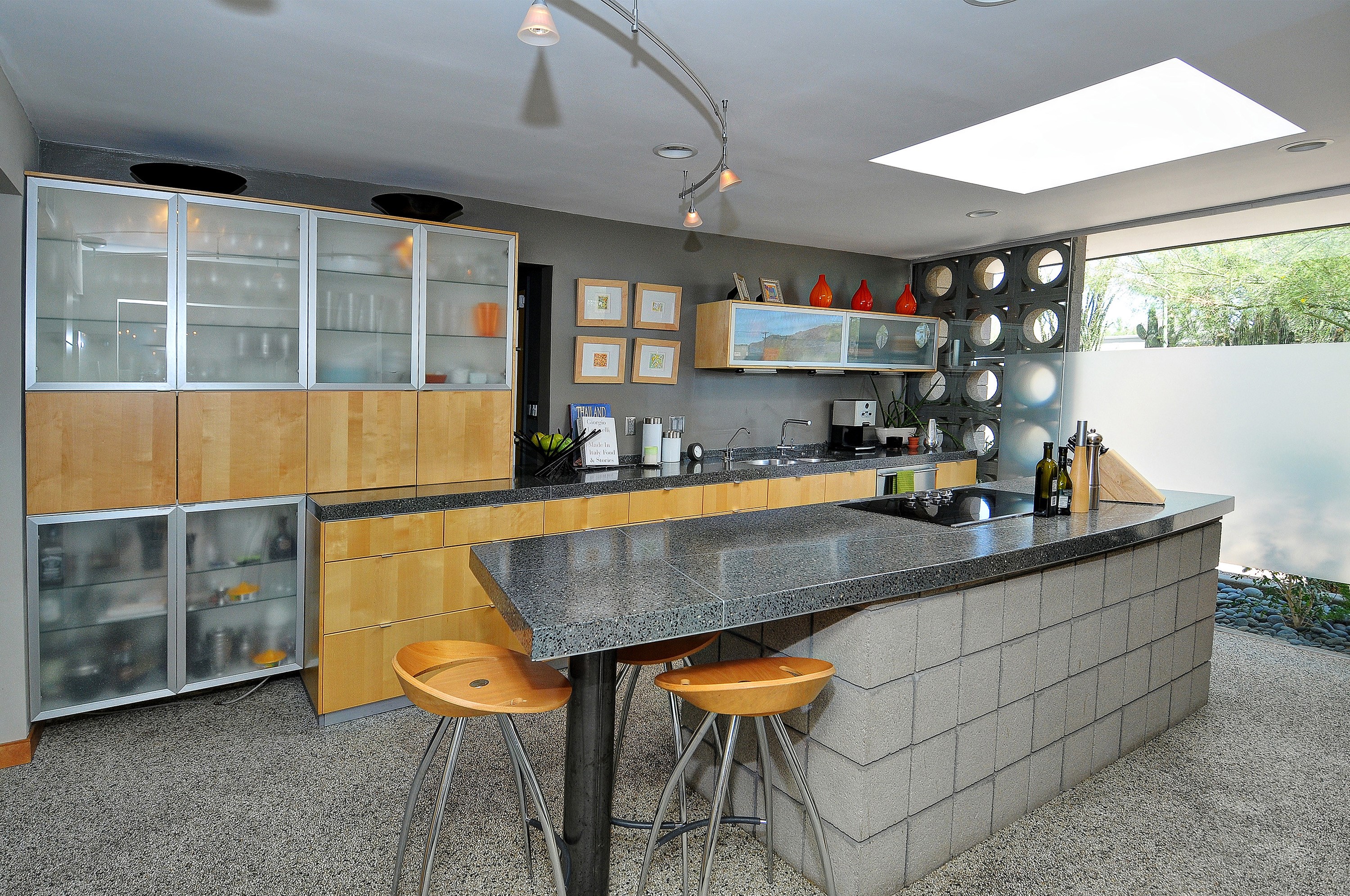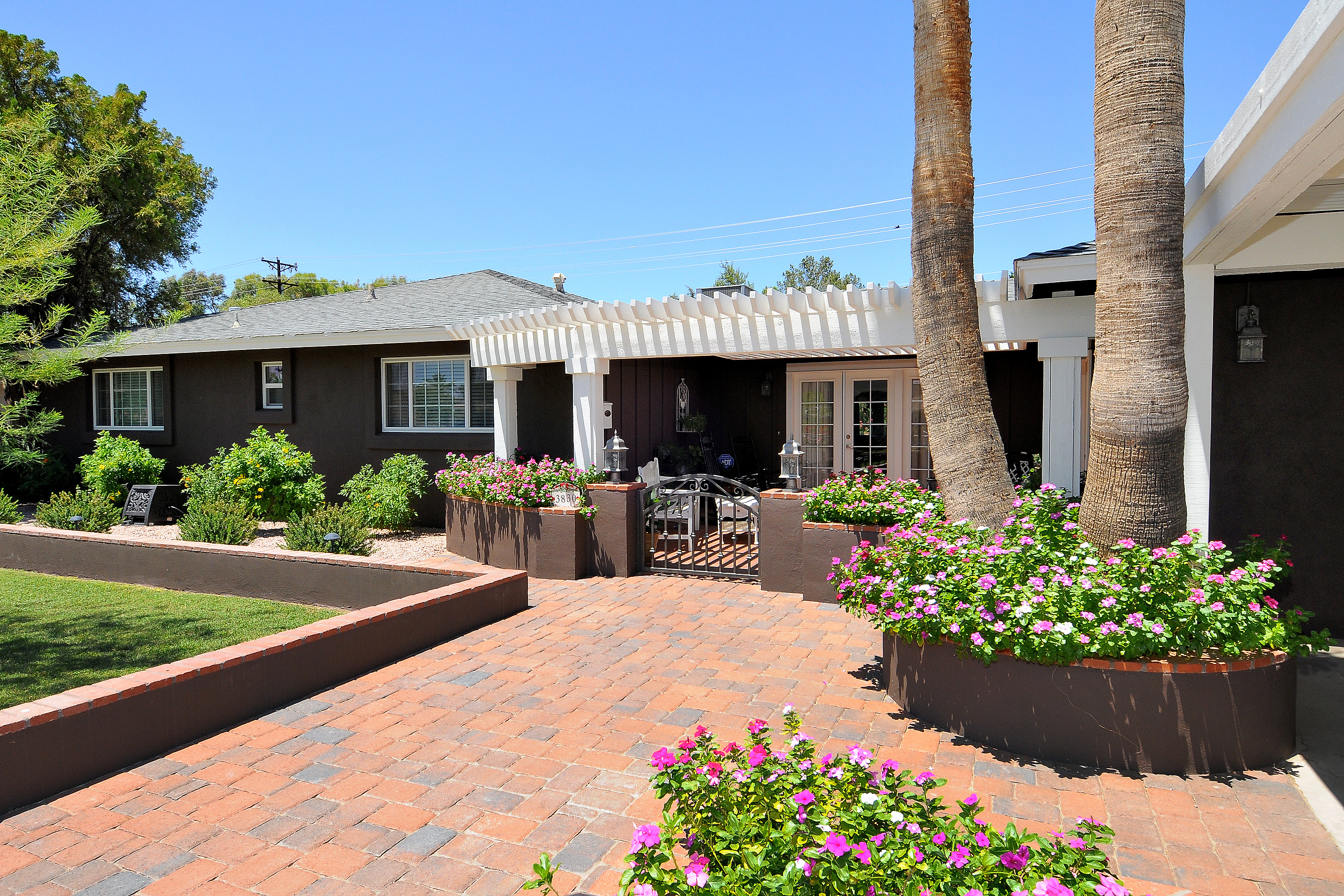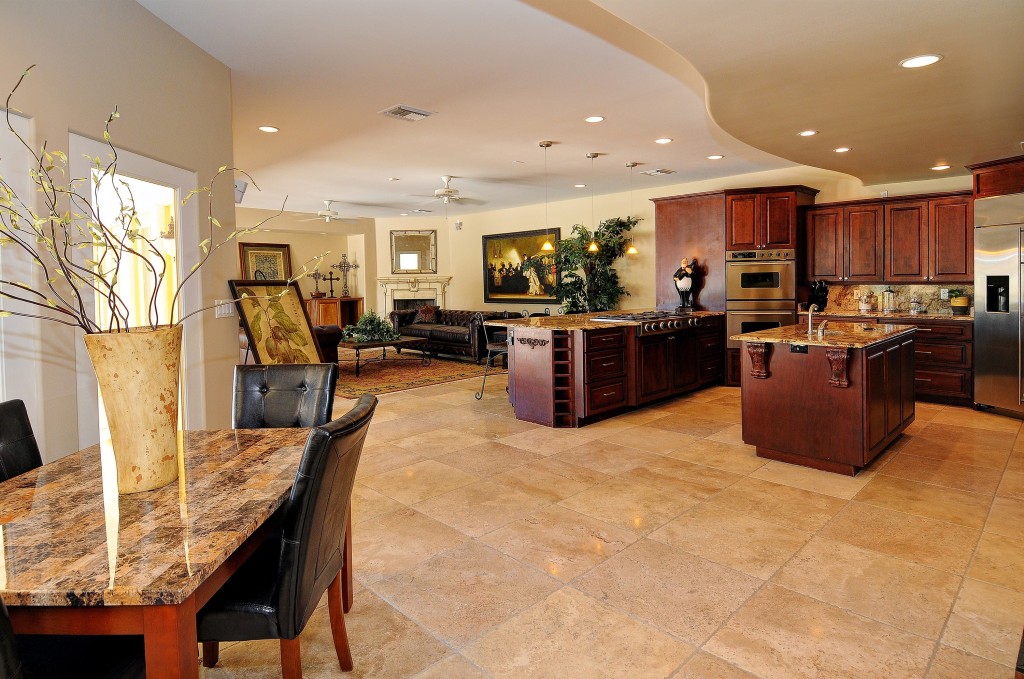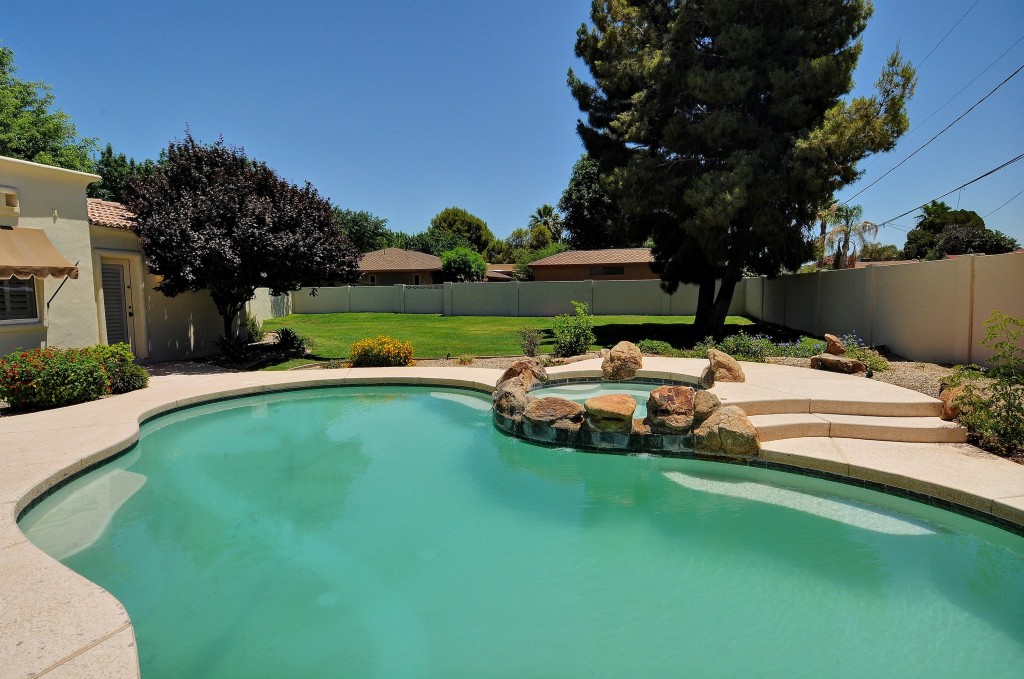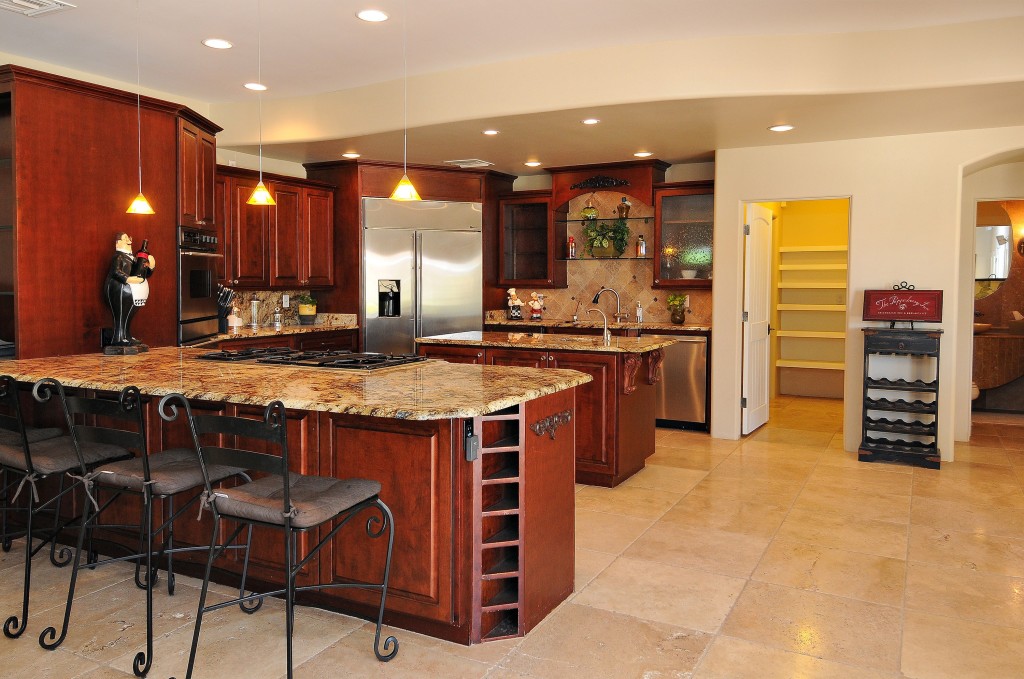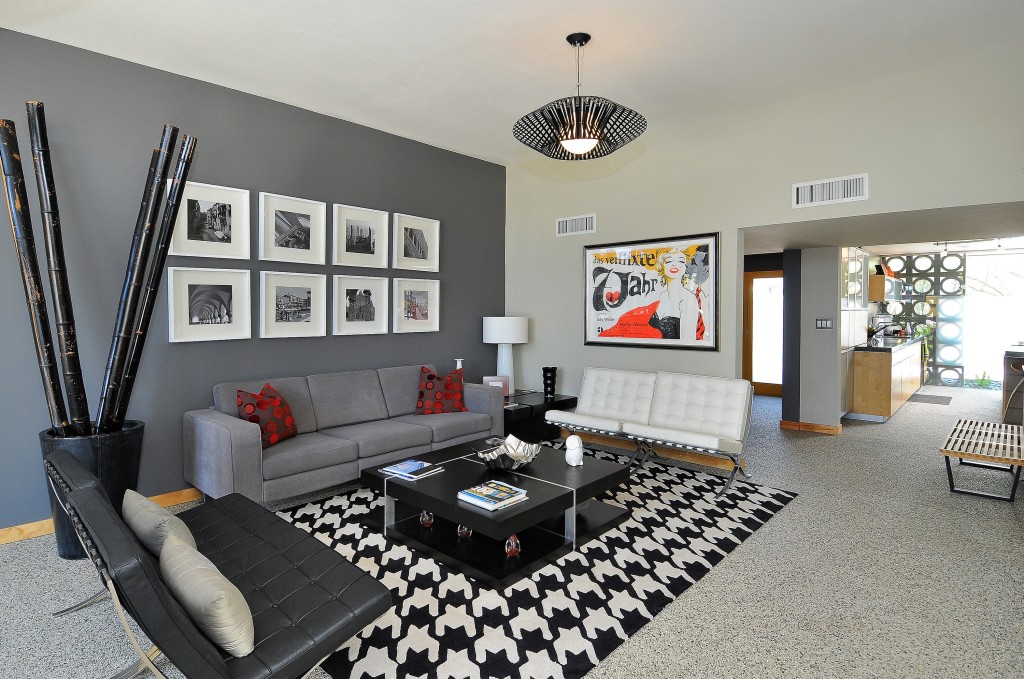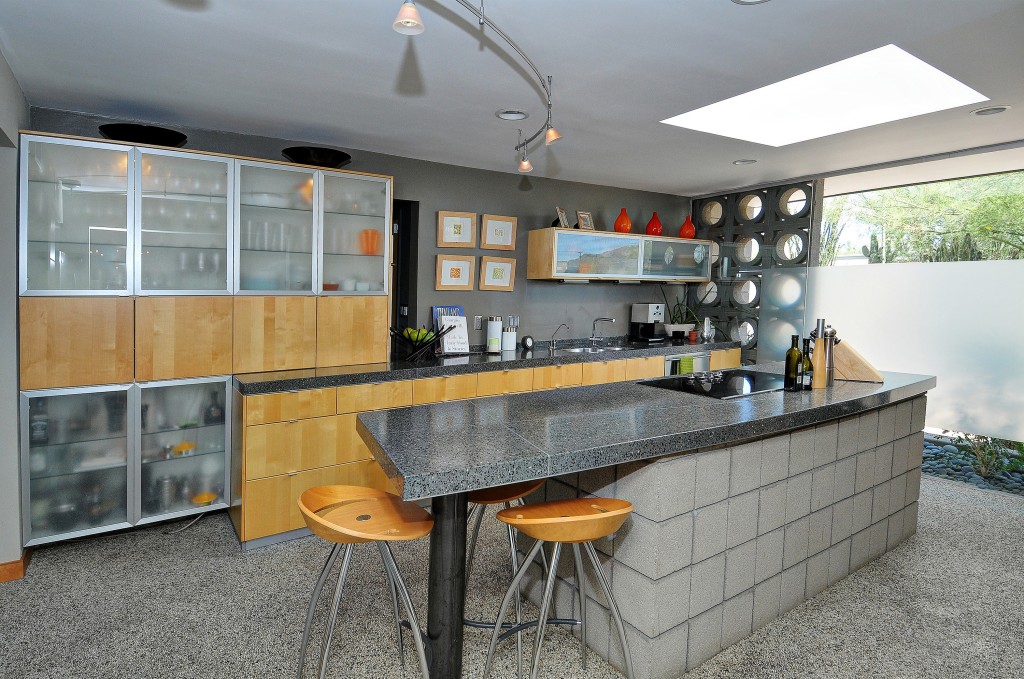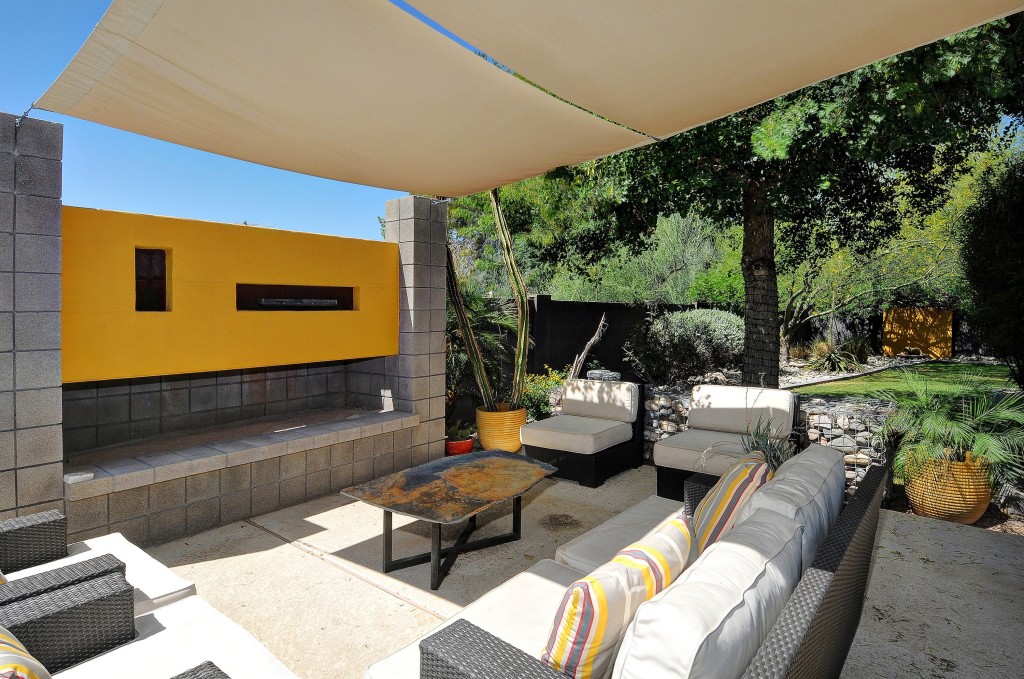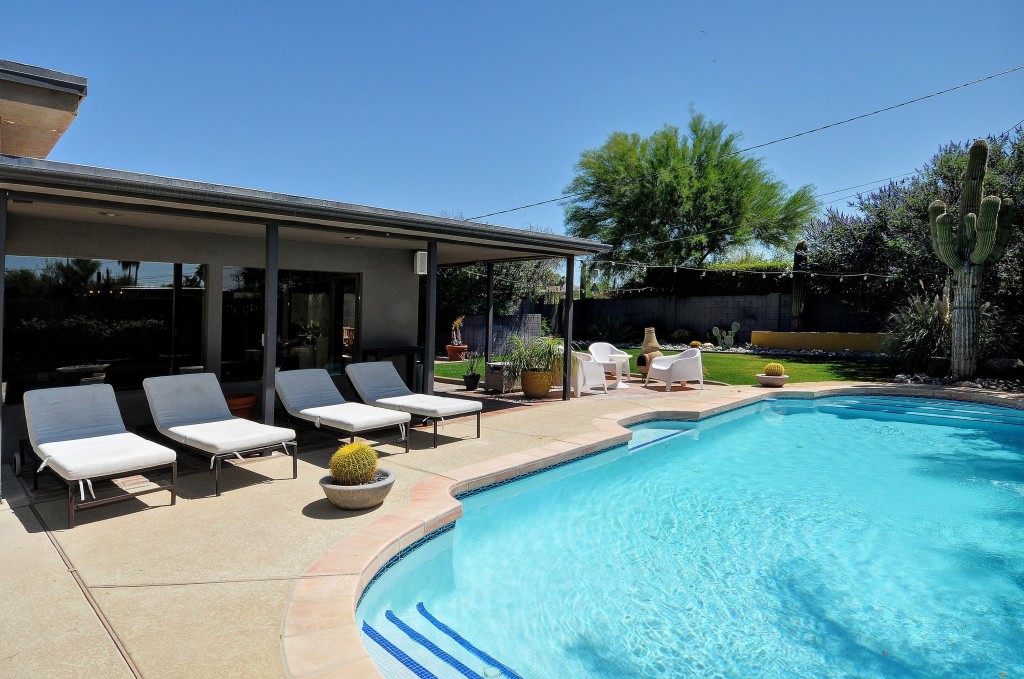Have a closing coming up? Buying your next abode? Well before you complain about being nickle and dimed by closing costs please read below from a recent Az Republic article:
“There’s good news for Arizona home buyers when it comes to mortgage closing costs.
Our state has the eighth lowest average closing costs in the nation.
However, fees are on the rise. Nationally, average mortgage closing costs have risen 6 percent, according to a new study by Bankrate.com.
Arizonans pay an average of $2,425 in closing costs on a $200,000 loan, the study found. The national average is $2,539, which is 6 percent higher than last year’s amount.
Texas has the highest average closing costs ($3,046) while Nevada has the cheapest ($2,265).
Although the national average has increased in the past year, some lenders haven’t raised their fees, said Holden Lewis, senior mortgage analyst for Bankrate.com, a personal finance website.
To get the best deal, he recommends comparing good faith estimates from at least three lenders.”

